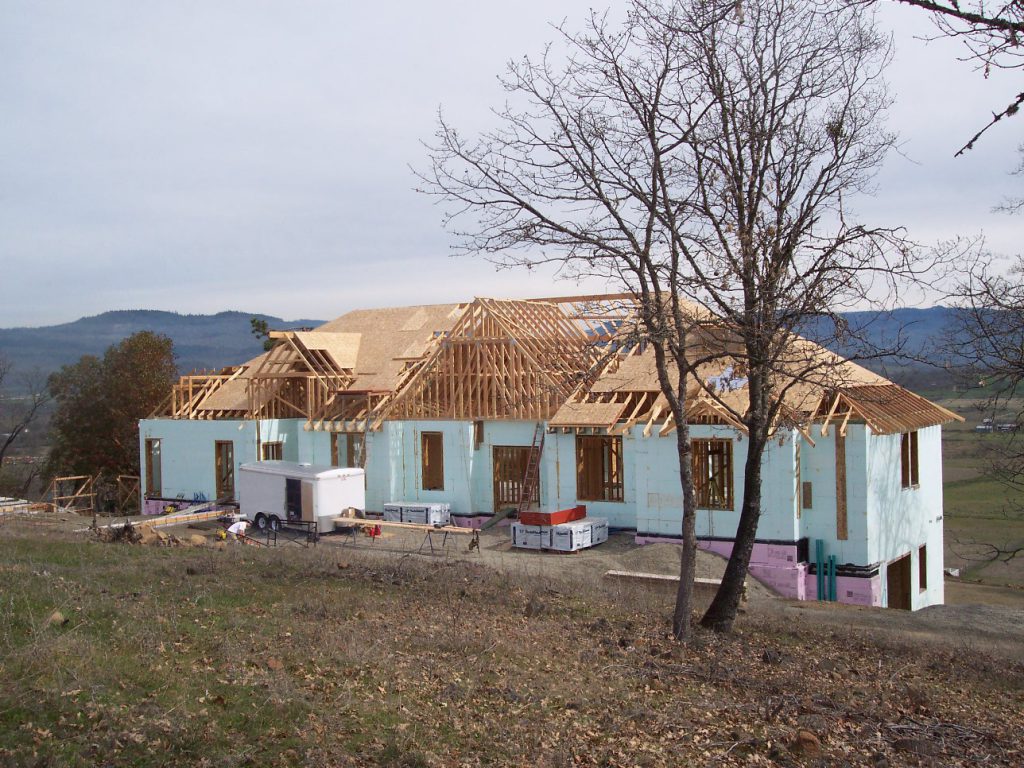Engineers for the Future
Structural Engineers face many challenges in this century, a big challenge is considering their impact on overall global environment. This is a priority when attempting any project, large or small, from residential homes, to incredible sky scrapers. Not only do you have to address these impacts, but have solutions for reaching goals of total sustainable engineering all throughout the world.
Concrete & Steel
The original approach to construction is to obtain natural resources and convert these resources into useful building materials and products. Converting these materials to concrete however, has a lasting footprint on the eco-system, making up 5% of the man-made CO2 emissions worldwide. From 1945, the world production of cement and steel (the most common materials for construction throughout the world) has increased from 100 Million Metric tons to upwards of 7 Billion Metric tons combined.

Now, there are reasons that Concrete and Steel are the most widely used building materials in the world. Concrete being very durable, will not rust, rot, or burn. Expanding the life of any concrete building sometimes triple the amount of a traditional wood structure. Steel on the other hand, is a significant component in commercial building. It has allowed builders all around the world to create massive buildings that are structurally sound and more fire resistant than past construction methods; although, the casting of steel is not an ideal method from an ecological standpoint. When molds containing carbon materials are subject to high heat, air pollutants such as benzene are released.
Sustainable Construction Materials
Because of depletion in natural resources, eco system impacts, and new technology, leaders in sustainable engineering are turning to alternative sources of building materials. Eliminating concrete and steel completely is ultimately not an option at this point in time, but construction leaders all the around the world can work together to implement sustainable materials as much as possible.
Engineers and builders have turned to these main alternatives:
- Rammed Earth
- Shipping/Cargo Containers
- Bamboo
- Ferrocement
- Straw-Bale
- Structurally Insulated Panels (SIPS)
- Earth Bag
- Insulated Concrete Forms (ICF)
- Adobe
- Hybrid builds
- Light Gauge Steel
- Fabric Structures
- Yurts/Round Homes
…and much more

Meeting halfway
Constructing a Sky Scrapper out of many of these alternatives is just not feasible. Although, residential homes and smaller commercial buildings is where we see most of the implementation of these great materials. On a global level, we see great success with almost all of these when implemented in the construction of a home. Insulated concrete forms (I.C.F.’s), light gauge steel and shipping containers are slowing being incorporated into small commercial projects. These materials have proven that they are safe, affordable and display a great alternative for construction world-wide.
Leading concrete and steel manufacturers are always researching energy efficiency improvement and implementing new technologies and practices, to greatly reduce the emissions produced in their current processes. Some manufacturers are even looking into converting some of the gases that are released from manufacturing steel and concrete, into reusable materials for the chemical industry instead of burning them. This can greatly improve the amount of fossil fuels used. For example, electrolysis, combined with solar and wind power can produce chemicals such as methanol; one of the most popular organic chemicals. The carbon needed to produce methanol currently comes from precious fossil fuels.
Balancing construction costs and longevity of structure
Besides lowering the environmental impact, ultimately the main goal of building a structure is to develop something that is safe, efficient, strong, and will continue to stand the test of time. When developing a safe structure that will stand up to natural events is possible with these alternatives; being time and cost efficient is a main issue. Some of these alternatives offer great structural integrity, but the materials can be costly and time consuming to construct. Because of these reasons, the benefits of building with traditional materials such as steel and concrete will continue to outweigh the negative environmental impacts.

Conclusion
Implementing these materials into home design is much easier than a larger commercial project, this significantly increases the amount of sustainable materials utilized globally in residential building. Great success in this has caused a domino effect across the world of more dwellings being constructed with earthen and other alternative materials.
From a commercial and industrial standpoint steel and concrete has been, and will continue to be the most popular building materials world-wide. PSE Consulting Engineers, Inc. and other professionals all around the world are doing what they can to include new processes, alternative materials, and solutions towards the growing demand of environmental friendly construction. Research and development towards this topic has grown significantly over the last 20 years and will continue to grow towards an overall plan and solution.

